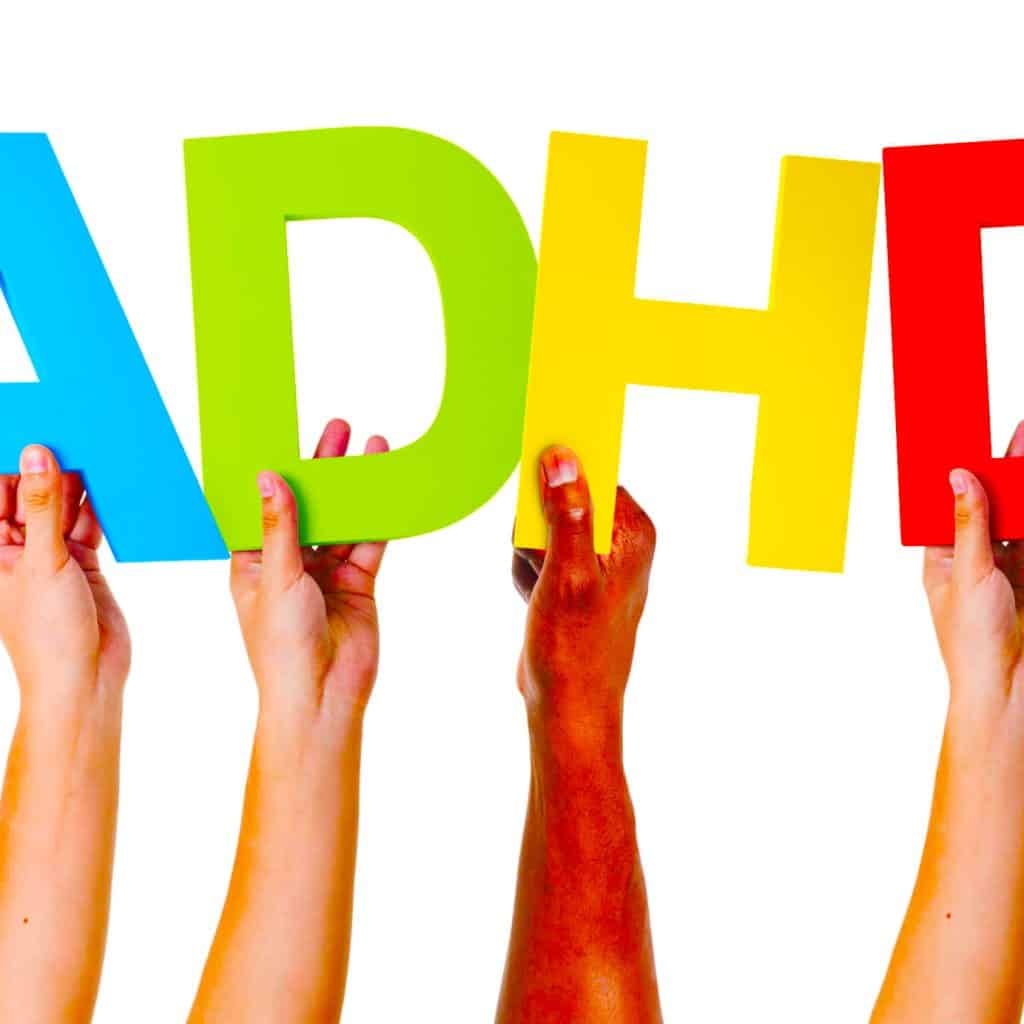ما سبب تزايد أعراض اضطراب نقص الانتباه؟

ما سبب تزايد أعراض اضطراب نقص الانتباه؟
ما سبب تزايد أعراض اضطراب نقص الانتباه؟
يتزايد اضطراب نقص الانتباه وفرط الحركة (ADHD) بين البالغين، ويقول الباحثون إن الهواتف الذكية يمكن أن تكون السبب جزئيًا، بحسب ما نشرته “ديلي ميل” البريطانية.
يحاول الأطباء معرفة ما إذا كان الارتفاع المطرد في اضطراب فرط الحركة ونقص الانتباه في مرحلة البلوغ يرجع ببساطة إلى تحسن طرق الفحص والتشخيص أو العوامل البيئية والسلوكية.
وباء نقص الانتباه وفرط النشاط
ربطت دراسة، نُشرت في دورية الجمعية الطبية الأميركية، أن الأشخاص الذين يستخدمون هواتفهم الذكية لمدة ساعتين أو أكثر يوميًا هم أكثر عرضة بنسبة 10% للإصابة باضطراب نقص الانتباه وفرط النشاط ADHD.
ويرتبط هذا الاضطراب في المقام الأول بالأطفال الصغار، مع احتمال أن يتمكن الطفل من التخلص منه في مرحلة النمو، ولكن عوامل التشتيت التي تخلقها الهواتف الذكية مثل وسائل التواصل الاجتماعي والرسائل النصية وتدفق الموسيقى والأفلام أو التلفزيون تخلق وباء اضطراب فرط الحركة ونقص الانتباه بين البالغين.
وسائط التواصل
ويرى الباحثون أن وسائل التواصل الاجتماعي تمطر الأشخاص بمعلومات مستمرة، مما يجعلهم يأخذون فترات راحة متكررة من مهامهم للتحقق من هواتفهم.
إن الأشخاص الذين يقضون وقت فراغهم في استخدام التكنولوجيا لا يسمحون لعقولهم بالراحة والتركيز على مهمة واحدة، ويمكن أن تؤدي عوامل التشتيت المشتركة إلى تطوير فترات انتباه أقصر لدى البالغين ويصبح من السهل تشتيت انتباههم.
سؤال الدجاجة والبيضة
وقال إلياس أبو جودة، طبيب نفسي سلوكي في جامعة ستانفورد: “لفترة طويلة، كان الارتباط بين اضطراب فرط الحركة ونقص الانتباه والاستخدام المكثف عبر الإنترنت بمثابة سؤال الدجاجة والبيضة، بمعنى أنه هل يصبح الأشخاص مستهلكين كثيفين عبر الإنترنت لأنهم مصابون باضطراب فرط الحركة ونقص الانتباه ولأن الحياة عبر الإنترنت تناسب مدى انتباههم، أم أنهم يصابون باضطراب فرط الحركة ونقص الانتباه نتيجة للاستهلاك المفرط عبر الإنترنت”.
إن اضطراب فرط الحركة ونقص الانتباه هو حالة نمو عصبي يمكن أن تتسبب في أن يكون لدى الأشخاص فترة اهتمام محدودة أو فرط النشاط أو الاندفاع، الذي يمكن أن يؤثر على حياتهم اليومية، بما يشمل العلاقات والوظائف، مما يجعلهم أقل إنتاجية.
التشتيت المستمر
يقول الباحثون إن المزيد من البالغين ربما يتحولون إلى اضطراب فرط الحركة ونقص الانتباه بسبب التشتيت المستمر الذي تشكله الهواتف الذكية، مضيفين أن الأشخاص الذين يستخدمون أجهزتهم باستمرار لا يسمحون لأدمغتهم بالراحة في الوضع الافتراضي.
نقص انتباه مكتسب
وقال جون راتي، الأستاذ المساعد في الطب النفسي في كلية الطب بجامعة هارفارد: “من المشروع النظر إلى احتمالية نقص الانتباه المكتسب”، مشيرًا إلى أن البعض يُدفعون باستمرار إلى القيام بمهام متعددة في مجتمع اليوم، والاستخدام الشامل للتكنولوجيا يمكن أن يسبب إدمان الشاشة، مما قد يؤدي إلى قصر فترة الاهتمام.
اضطراب وراثي ونمط الحياة
تم تعريف اضطراب فرط الحركة ونقص الانتباه تاريخيًا على أنه اضطراب وراثي يمكن التعامل معه من خلال الأدوية والعلاج. لكن اكتشف الباحثون حاليًا أن تغييرات نمط الحياة في وقت لاحق من الحياة، مثل الاعتماد المفرط على الهاتف الذكي، قد تجعل اضطراب فرط الحركة ونقص الانتباه اضطرابًا مكتسبًا.
متابعة التعليقات والإعجاب
إذا كان الشخص يتصفح وسائل التواصل الاجتماعي باستمرار على هاتفه، فربما يشعر بالحاجة أثناء ساعات العمل إلى أخذ فترات راحة متكررة لمعرفة ما إذا كان شخص ما قد قام بالتعليق على منشوره أو الإعجاب به. ويمكن أن تصبح هذه الممارسة لا شعورية تقريبًا، مما يجعل الشخص يشعر بالتشتت أثناء العمل أو يشعر بعدم القدرة على التركيز، الأمر الذي يمكن أن يتطور إلى اضطراب فرط الحركة ونقص الانتباه.
366 مليون بالغ حول العالم
وقفز عدد البالغين، الذين تم تشخيص إصابتهم باضطراب فرط الحركة ونقص الانتباه في جميع أنحاء العالم، من 4.4% في عام 2003 إلى 6.3% في عام 2020. ووفقًا للمراكز الأميركية لمكافحة الأمراض والوقاية منها CDC، يعاني ما يقدر بنحو 8.7 مليون بالغ في الولايات المتحدة من اضطراب فرط الحركة ونقص الانتباه، بينما يتم تشخيص ما يقرب من ستة ملايين طفل تتراوح أعمارهم بين 3 إلى 17 عامًا.
وقال راسل رامزي، المؤسس المشارك لبرنامج بنسلفانيا لعلاج وأبحاث اضطراب فرط الحركة ونقص الانتباه للبالغين في كلية بيرلمان للطب بجامعة بنسلفانيا، إن “هذا يعني أن هناك حوالي 366 مليون بالغ في جميع أنحاء العالم يعيشون حاليًا مع اضطراب فرط الحركة ونقص الانتباه، وهو ما يعادل تقريبًا عدد سكان الولايات المتحدة”.
وظائف المخ وسلوكه
ووفقا للدراسة، تشير الأدلة إلى أن التكنولوجيا تؤثر على وظائف المخ وسلوكه، مما يؤدي إلى زيادة أعراض اضطراب فرط الحركة ونقص الانتباه، بما يشمل ضعف الذكاء العاطفي والاجتماعي وإدمان التكنولوجيا والعزلة الاجتماعية وضعف نمو الدماغ واضطراب النوم.
ظهور الأعراض بعد 24 شهرا
نظر الباحثون في العديد من الدراسات التي يعود تاريخها إلى عام 2014 والتي حللت العلاقة بين اضطراب فرط الحركة ونقص الانتباه واستخدام الوسائط الاجتماعية، حيث تبين أن المراهقين الذين لم تظهر عليهم أعراض اضطراب فرط الحركة ونقص الانتباه في بداية الدراسات، أظهروا أن هناك “ارتباطًا كبيرًا بين الاستخدام المتكرر للوسائط الرقمية وأعراض اضطراب فرط الحركة ونقص الانتباه بعد 24 شهرًا من المتابعة”.
فئة المراهقين
ركزت دراسة منفصلة، أجريت في عام 2018، على ما إذا كانت الهواتف الذكية قد ساهمت في ظهور أعراض اضطراب فرط الحركة ونقص الانتباه لدى المراهقين على مدار عامين. وكشفت النتائج عن أن 4.6% من 2500 طالب في المدارس الثانوية، الذين قالوا إنهم لم يستخدموا الوسائط الرقمية، أصيبوا بشكل متكرر بأعراض اضطراب فرط الحركة ونقص الانتباه بحلول نهاية الدراسة.
وفي الوقت نفسه، أظهر 9.5% من المراهقين، الذين أبلغوا عن استخدام وسائل التواصل الاجتماعي بشكل متكرر في بداية الدراسة أعراض اضطراب فرط الحركة ونقص الانتباه عند انتهاء الدراسة.
نصائح للبالغين
بالنسبة للبالغين الذين يرغبون في التخلص من الآثار الجانبية غير المرغوب فيها التي تصاحب الإفراط في استخدام هواتفهم الذكية، يجب عليهم اتخاذ خطوات لتطوير علاقة صحية مع التكنولوجيا الخاصة بهم بما يشمل قضاء وقت أقل على هواتفهم، وضبط توقيت الهاتف.






